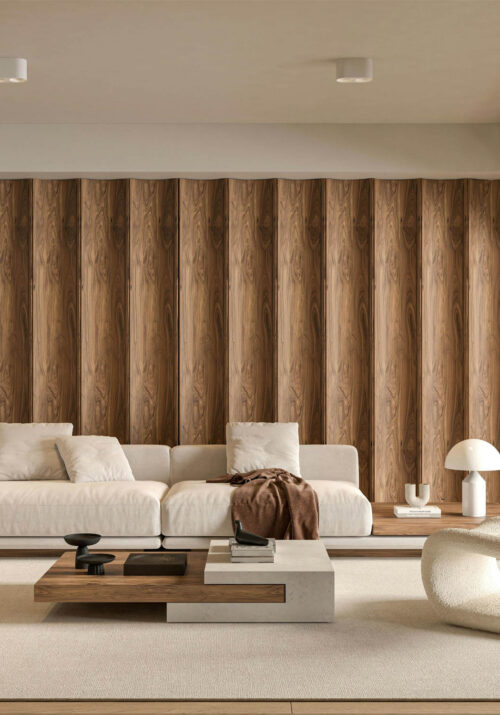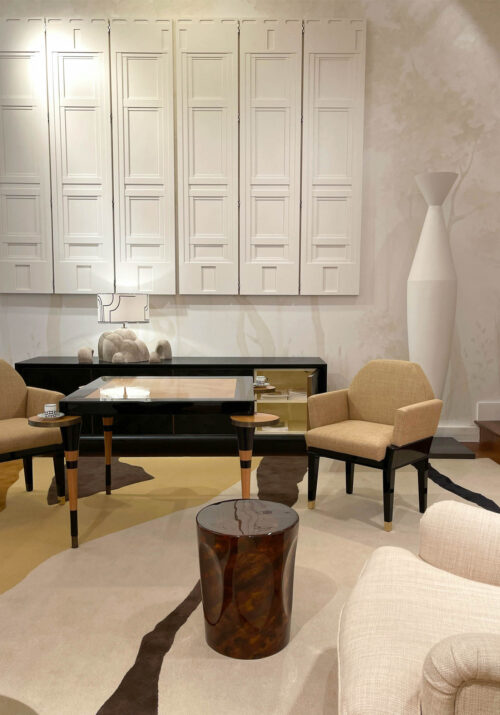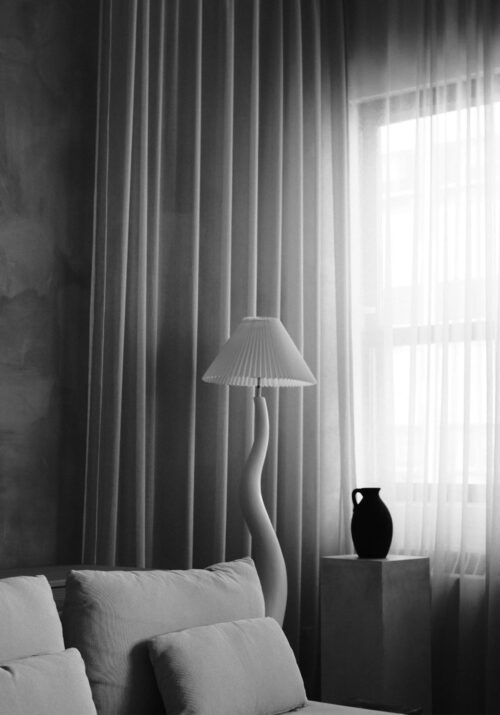In interior design, certain conventions can inadvertently stifle the potential of our living spaces. One such common place design faux pas is the tendency to position furniture rigidly against the walls. While it may seem like a practical furniture placement solution, this approach often results in a lackluster and disconnected environment. Let’s explore why this design mistake falls short and unveil creative furniture placement solutions to breathe new life into your living room. Say goodbye to stagnant spaces and hello to a vibrant and inviting atmosphere with these transformative tips.
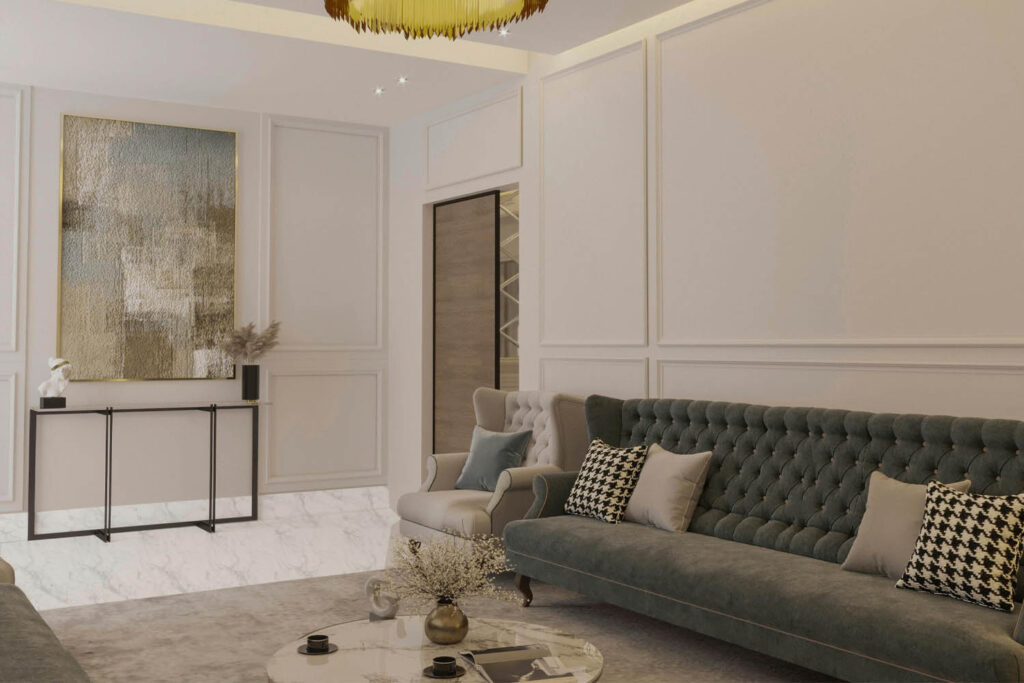
This post may contain affiliate links, meaning we could earn a small commission if you make a purchase through our links, at no extra cost to you. You can read our full disclosure here. Thank you for supporting Alagu Home!
The Problem with Furniture Against the Wall
The issue with placing furniture against the walls lies in its tendency to create a sense of emptiness and imbalance within a room. While it may seem like a logical choice for maximizing floor space, this arrangement often results in a disconnected and unwelcoming atmosphere. By relegating seating and other pieces to the perimeter, the central area remains underutilized, hindering social interaction and intimacy.
Furthermore, the stagnant energy that accumulates in these vast, empty spaces can contribute to a lackluster ambiance, detracting from the overall liveliness of the room. Additionally, this configuration fails to optimize the available space, leaving awkward gaps and corners that serve no functional purpose, ultimately diminishing the room’s potential functionality and aesthetic appeal.
Creating a Cohesive Layout
To create a cohesive layout that counteracts the pitfalls of furniture against the wall, it’s crucial to adopt a more thoughtful approach to arrangement. Rather than adhering to the traditional method of lining furniture along the perimeter, aim to foster intimacy and warmth by pulling pieces away from the walls. This shift not only adds depth to the room but also facilitates a sense of connection and comfort.
Experimenting with various angles and focal points can further enhance the furniture placement and layout, encouraging natural movement and stimulating conversation among occupants. By embracing this alternative approach, you can transform the space into a welcoming and harmonious environment that maximizes both functionality and aesthetic appeal.
Anchor with Area Rugs
Anchoring furniture away from the walls can be effectively achieved through the strategic use of area rugs. By placing a rug underneath your seating arrangement, you not only define the space but also establish a cozy and inviting gathering area within the room. It serves as a visual anchor, grounding the furniture arrangement and adding warmth to the overall ambiance.
When selecting a rug, it’s essential to consider the size and shape that best complements your furniture, ensuring a seamless integration with the room’s design scheme. This deliberate choice of rug can effortlessly tie together disparate elements, contributing to a cohesive and harmonious layout that promotes comfort and style.
Embrace the Power of Symmetry
Embracing the power of symmetry can indeed transform a room, fostering a sense of balance and visual harmony. Rather than scattering furniture haphazardly, opting for symmetrical arrangements such as pairs of chairs or sofas facing each other can work wonders. This deliberate placement not only brings a sense of order but also encourages interaction among occupants.
By creating a focal point that draws the eye inward, symmetry adds depth and dimension to the space, elevating its overall aesthetic appeal. Whether through mirrored seating arrangements or balanced decor elements, leveraging symmetry effectively can help establish a cohesive and inviting atmosphere that exudes both elegance and comfort.
Discover why placing furniture against the wall can be a design mistake and learn how to correct it for a stunning space that maximizes both aesthetics and functionality. Keep reading to uncover essential tips for creating a more dynamic and visually appealing living environment.
Experiment with Different Furniture Placement
Experimenting with various furniture layouts is an essential step in crafting a space that aligns with both your aesthetic preferences and practical needs. By daring to explore different arrangements, you have the opportunity to discover the layout that best complements your space and lifestyle.
Whether it involves shifting the placement of sofas, chairs, or tables, this process allows you to fine-tune the arrangement to optimize flow and functionality within the room. It’s crucial to consider factors such as traffic patterns and focal points to ensure a seamless and intuitive layout that enhances both visual appeal and usability. By embracing this spirit of experimentation, you empower yourself to create a living environment that truly reflects your personality and enhances your everyday experiences.
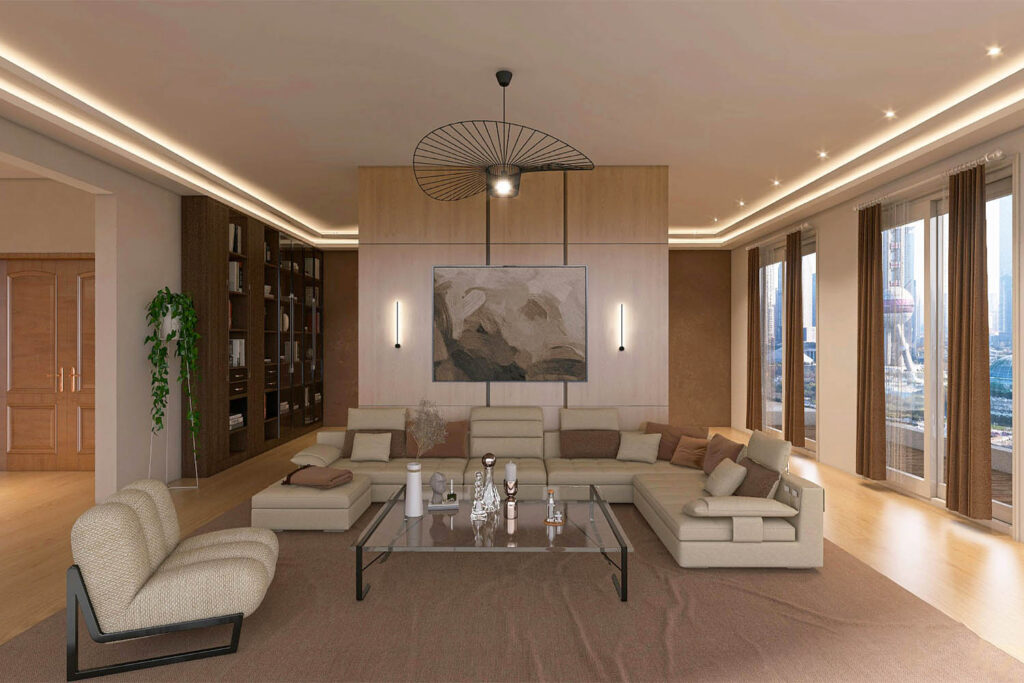
Inspiring Furniture Layouts for Your Living Room
A well-planned furniture layout balances comfort, functionality, and style. Start with a large area rug to define the space and add warmth. Position the sofa facing a focal point like a fireplace or window, with two accent chairs opposite to create a cozy conversation nook. A coffee table in the center provides practicality, while side tables or a storage ottoman enhance functionality. Ensure at least 18 inches of space for easy movement.
For a versatile setup, consider floating sofas. Position two sofas facing each other with 3 to 4 feet of space in between for better flow and conversation. Add a coffee table or ottoman as a focal point and anchor the space with a rug. Accent chairs or side tables along the perimeter maximize seating without clutter.
Final Thoughts
Breaking away from conventional wall-hugging furniture placement creates a dynamic and inviting space. Whether opting for a classic setup or floating sofas, prioritize layouts that encourage relaxation and social interaction. With thoughtful design choices, your living room can be both stylish and welcoming.






